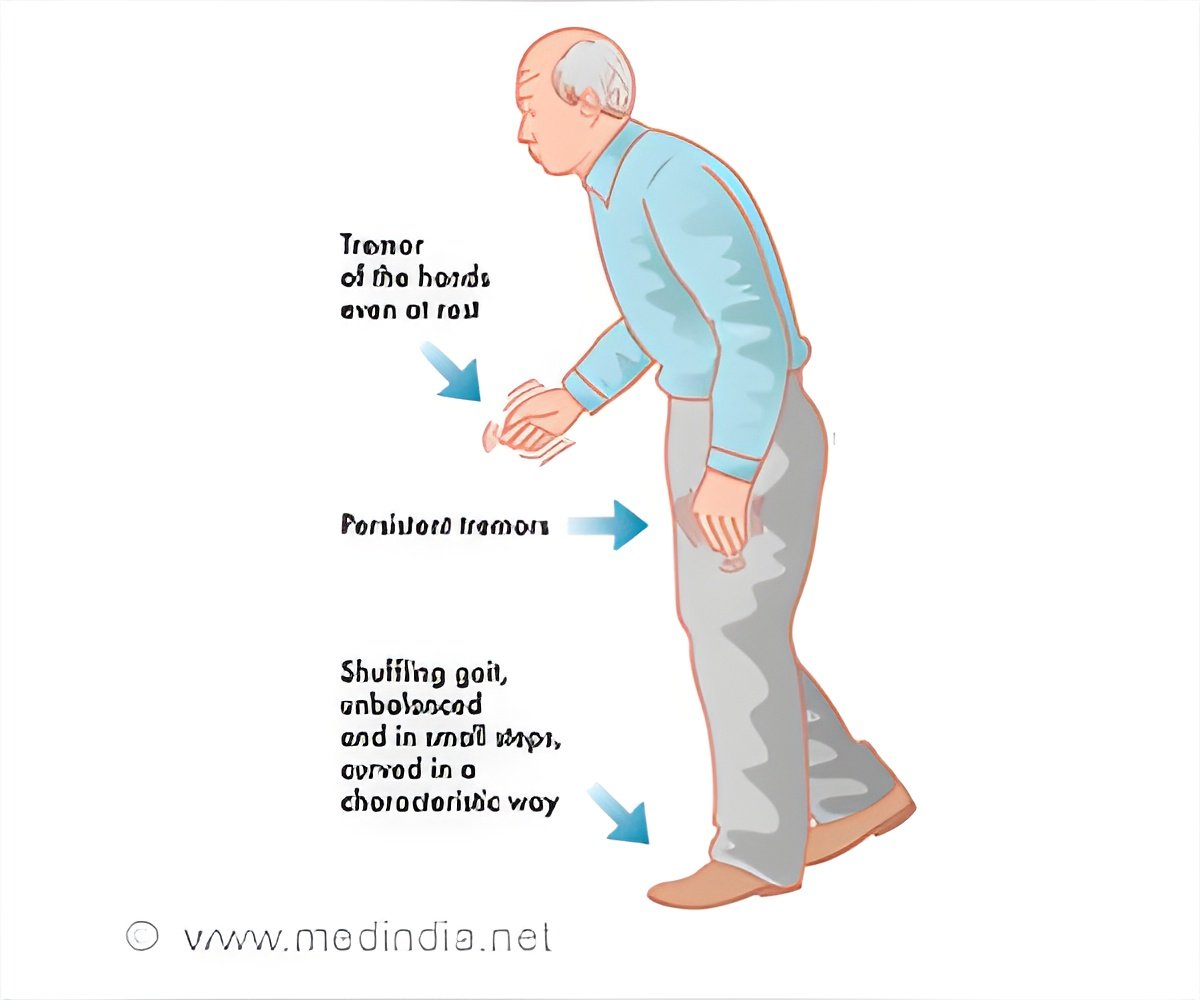Parkinson’s disease patients can reduce the progression of tremor with the help of deep brain stimulation (DBS) when used at an early-stage, as there is no treatment for Parkinson's. This is considered a remarkable finding.

‘The initial progression of tremor in Parkinson's disease developed in early-stage patients can be slowed down using Deep brain stimulation (DBS).’





"The finding concerning tremor progression is truly exceptional," said senior author David Charles, MD, professor and vice-chairman of Neurology. "It suggests that DBS applied in early-stage Parkinson's disease may slow the progression of tremor, which is remarkable because there are no treatments for Parkinson's that have been proven to slow the progression of any element of the disease."Patients in the Vanderbilt study were randomized to receive DBS plus drug therapy or drug therapy alone; the drug therapy alone group was seven times more likely to develop new rest tremor after two years in comparison to the DBS plus drug therapy group.
The trial, which began in 2006, was controversial because it recruited patients with early-stage Parkinson's disease for DBS brain surgery. At that time, DBS was approved for only advanced-stage Parkinson's disease when symptoms were no longer adequately controlled by medication.
"Since this was the first early DBS trial, it was unknown whether there were individual motor symptoms very early in Parkinson's disease that may be more potently improved by DBS," said lead author Mallory Hacker, PhD, research assistant professor of Neurology.
The post hoc analysis showed that 86 percent of the drug therapy patients developed rest tremor in previously unaffected limbs over the course of the two-year period, while that occurred in only 46 percent of patients who had received DBS therapy in addition to drug therapy. Four of the DBS patients had rest tremor improvement and rest tremor completely disappeared from all affected limbs for one DBS patient.
Advertisement
"The field of DBS therapy for Parkinson's disease is moving toward earlier stages of treatment, therefore, we must conduct the pivotal trial to ensure patient safety and provide the Parkinson's community with the best possible medical evidence to guide treatment," Charles said.
Advertisement
Source-Eurekalert









